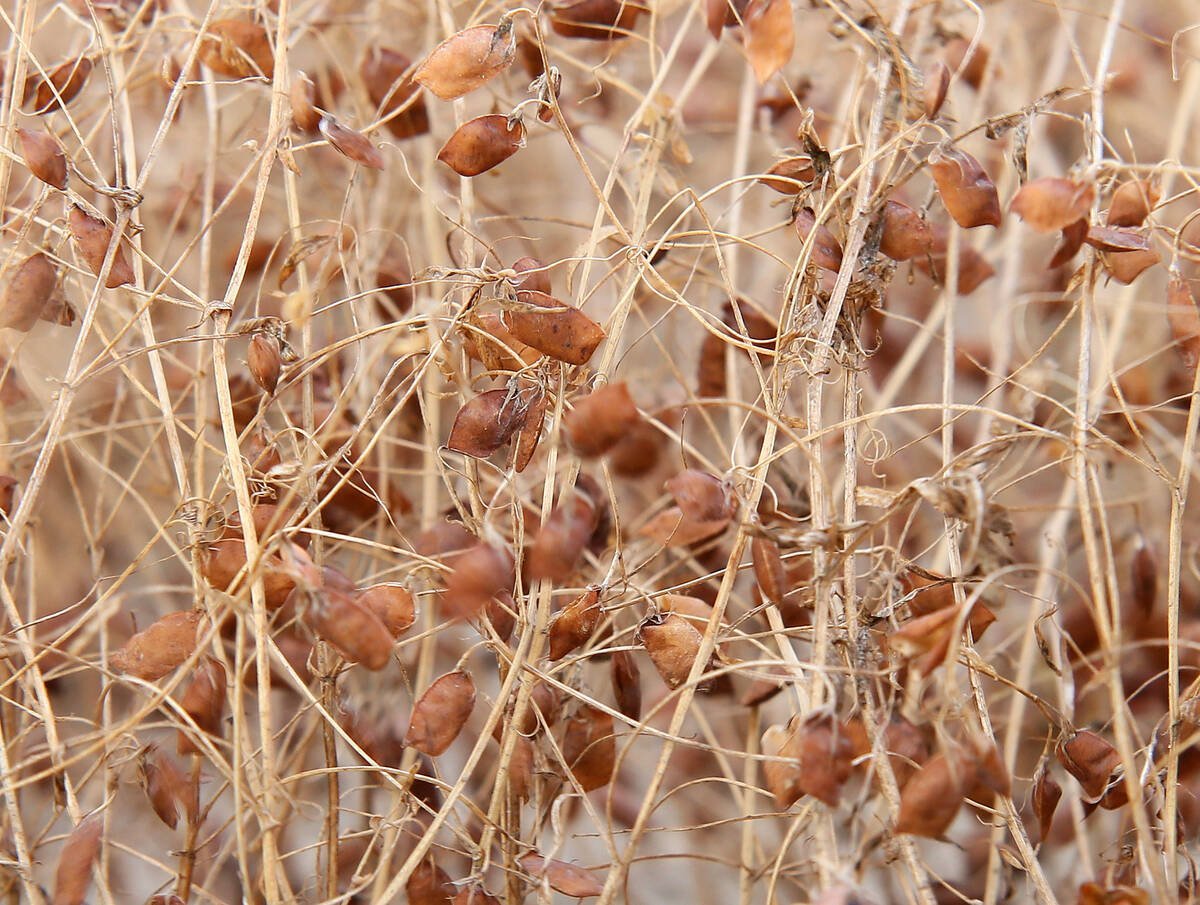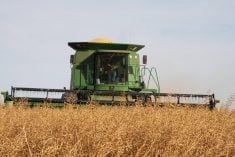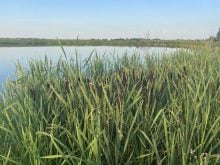GRANDE PRAIRIE, Alta. – Wide spacing between shelterbelt trees is an easy way to keep pests away, said a woodlot specialist during a shelterbelt workshop.
Shelterbelt trees should be at least 3.6 metres apart to allow trees to grow tall and healthy, said Doug Macaulay with Alberta Agriculture.
“When they’re 10 years old and growing into each other, they begin to compete for water and nutrients,” he said.
“Stressed trees are a magnet for pests.”
It’s difficult to imagine tiny stick-sized trees growing into towering ones that will block the wind and become shelter for birds. That’s why a good shelterbelt takes planning and vision.
Read Also

Europe holds promise for Canadian lentils
Pulse Canada is trying to help boost lentil consumption in Europe, which is already the fourth largest market.
“If you’re ever planting a shelterbelt, do some research first.”
Removing or transplanting every second tree of a shelterbelt to increase the space between is another option if the trees were planted too close together.
Another trick is to plant a variety to guard against pests, like the mountain pine beetle, which could wipe out an entire mature shelterbelt at its peak, said Mary
Lupwayi, an agriculture fieldman with the County of Grande Prairie.
“Diversity is good,” she told homeowners who want to control weeds and pests from their farm and acreage shelterbelts.
Homeowners must learn to live with pests. Trees attract pests, but the pests also attract birds and other beneficial insects, she said.
“If you want a tree with no insects, buy a plastic one,” she said.
Macaulay said while it’s easy to focus on the annoying pests, many bugs are harmless and are valuable food sources for birds and other insects.
“If shelterbelts and woodlots are healthy, you’ll have more good bugs,” said Macaulay.
As an example, he passed around a giant jewel spider that looked like it should be spinning words in Charlotte’s Web, but is harmless.
William McCreight of Sexsmith, Alta., brought a bush katydid he found on his farm to be identified.
The large, grasshopper-like insects aren’t considered pests, but are noticeable in the fall when they make their screeching noise, said Macaulay.
“You know when fall arrives because they begin to sing.”
Some trees are hardier and resist pests better than others. Fruit trees are pest magnets unless they’re special, prairie-hardy varieties.
Trees that have been damaged and have forked tops are also more susceptible to disease and insects. The weaker fork should be pruned when young to create a stronger tree.
Spring is the best time to prune, before the leaves or buds are on the trees. If the branch is smaller than the diameter of a thumb, hand tools should be used. Larger limbs should be removed with a saw to limit tree damage.
“A wound on a tree is susceptible to disease and insects,” he said.
Trees shouldn’t be pruned in the summer or fall. This allows them to heal and limits frost damage.
Pruning dead wood from a tree is fine at any time, he said.
“Dead branches are (an) access point for insects and disease.”
Aphids are among the most common insects that homeowners complain about. Soapy water and a high-pressure sprayer are among the best ways to control pests, including aphids that suck leaves dry.
Macaulay recommended spraying with a chemical like malathion only as a last resort.
“We always recommend it last because it’s toxic to us and the other critters in the yard. It’s nasty stuff.”














